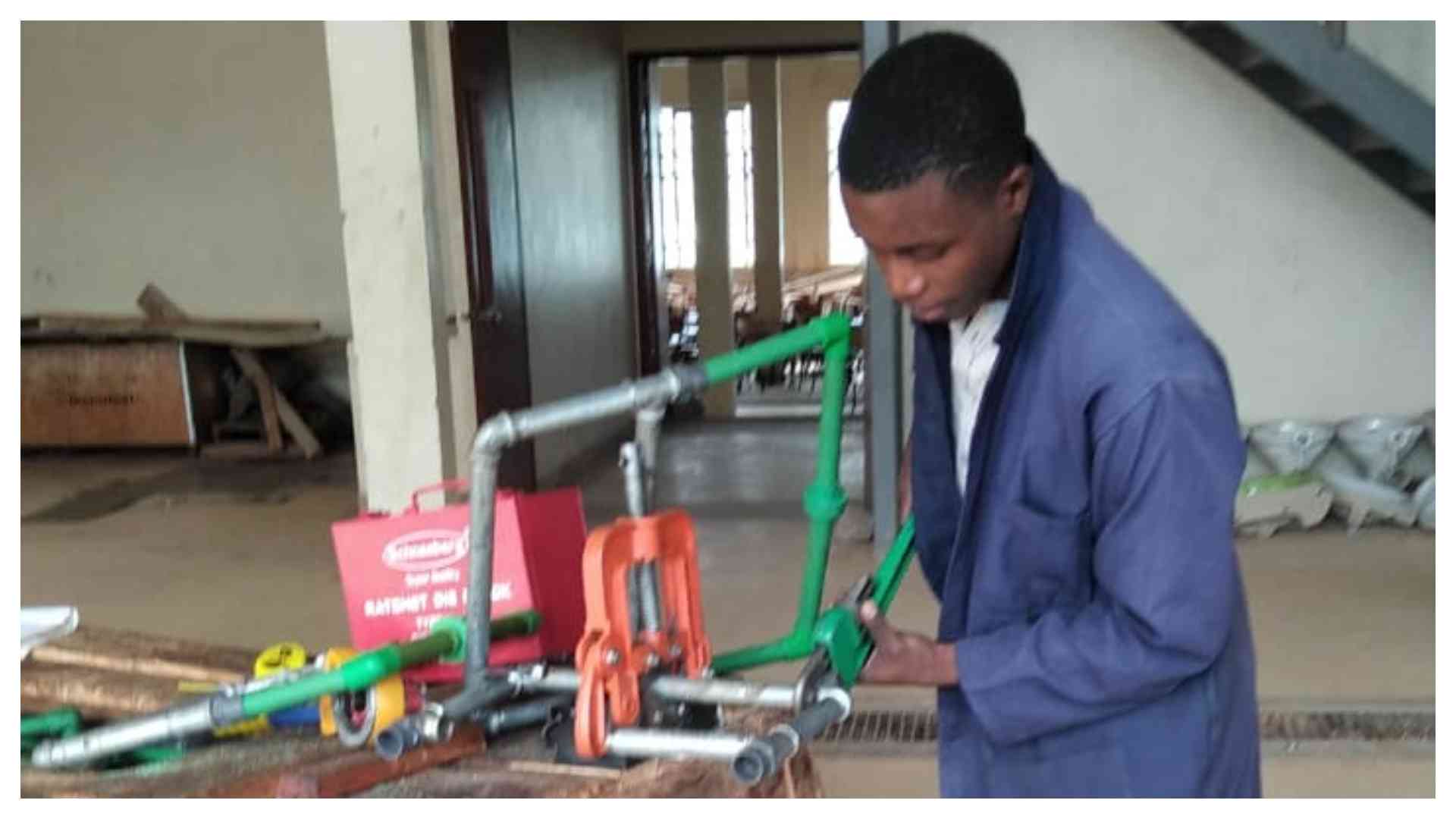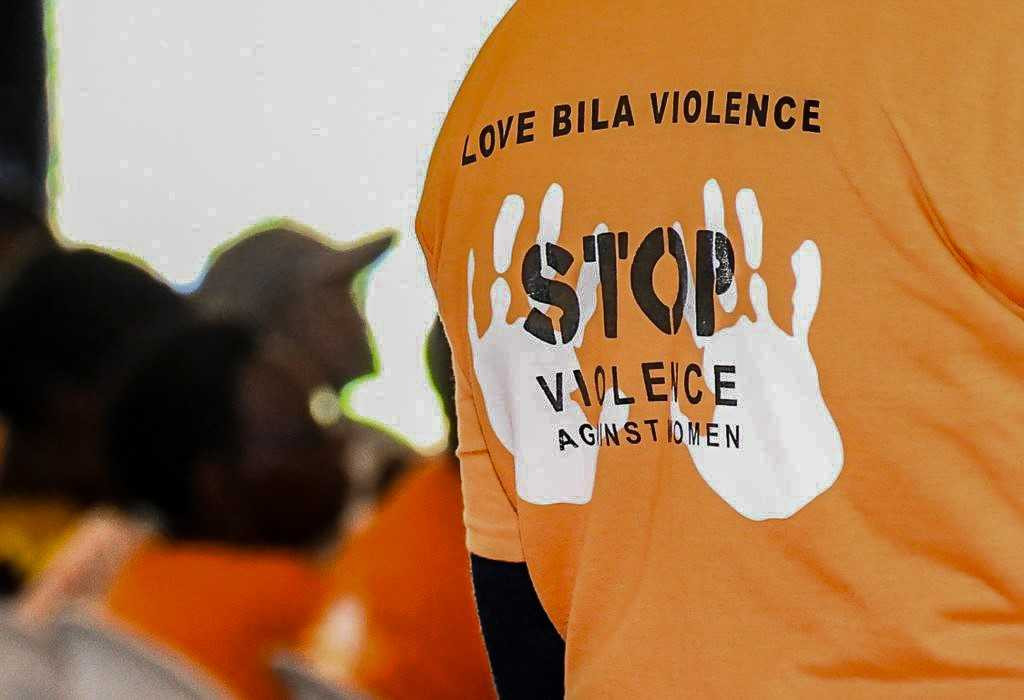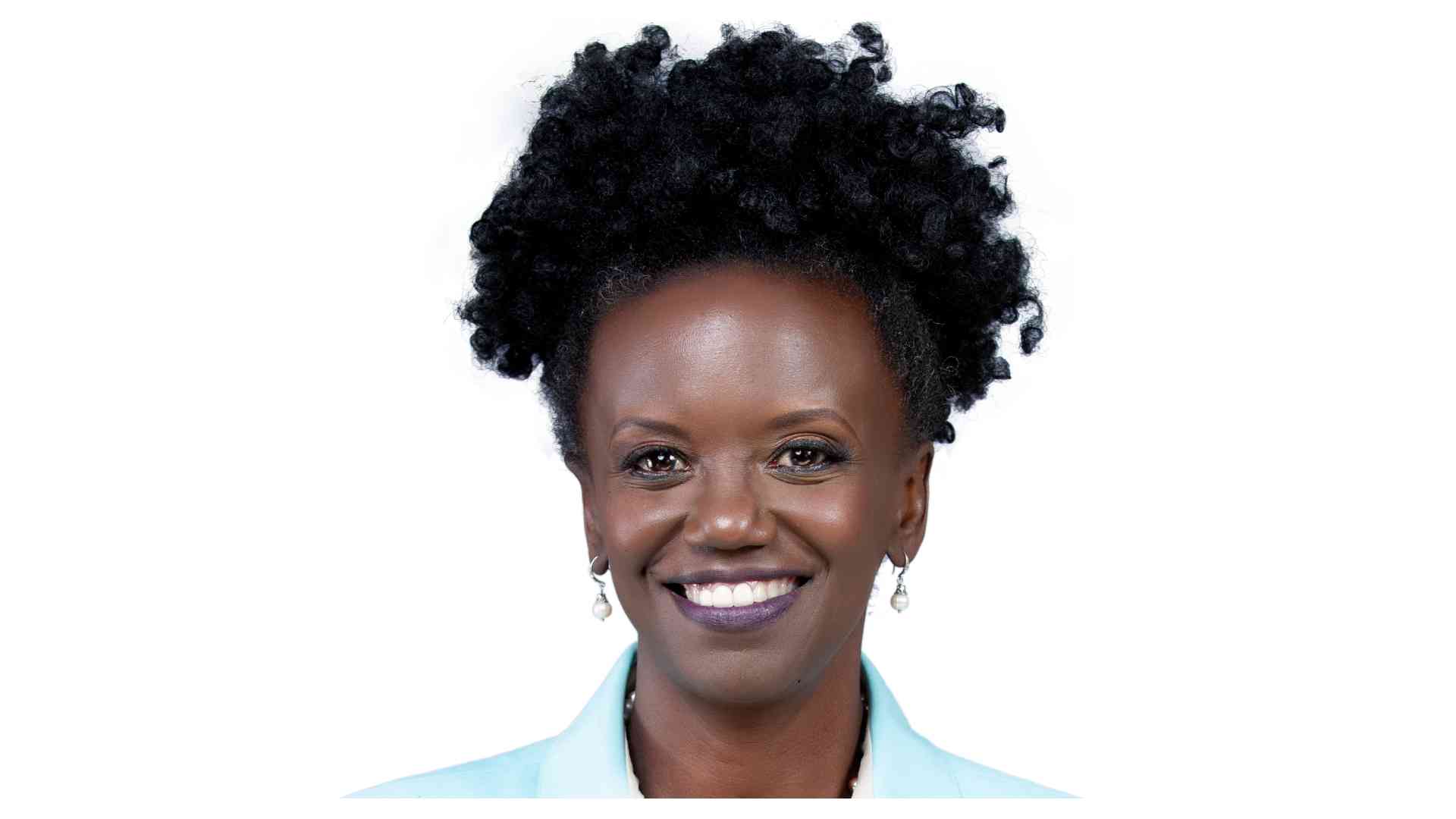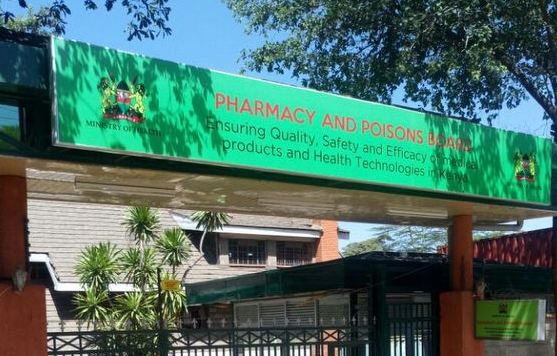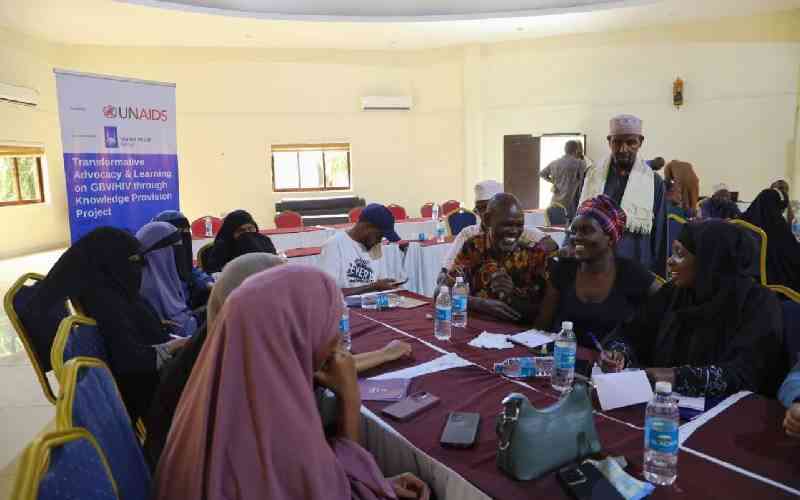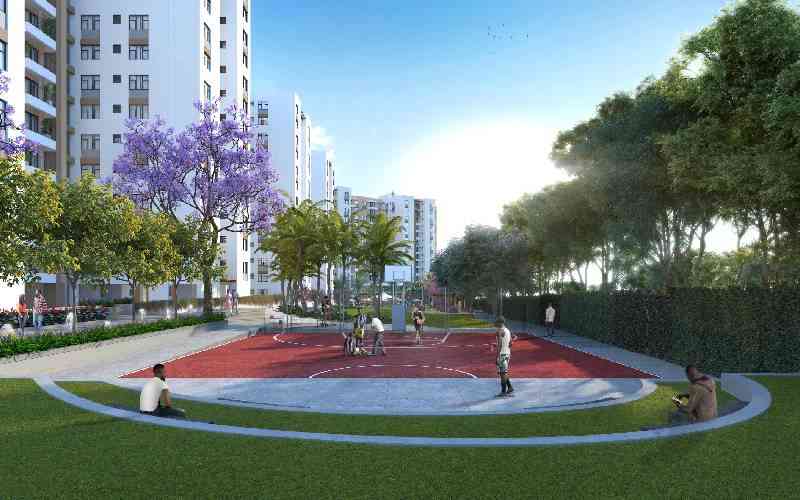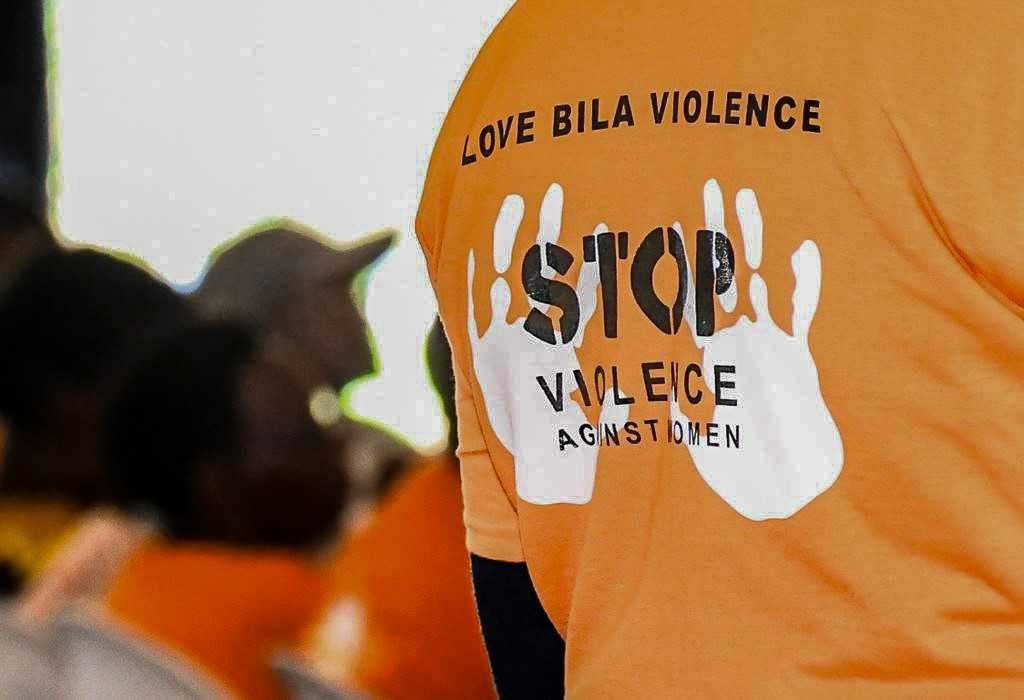
Maryam (not her real name), a young woman, and her three children, all under the age of five, were suddenly out in the cold after a violent quarrel with her husband. He has been violent since they got married eight years ago, but this time was different—he had threatened to kill her and the children. She was uncertain where to go but had still fled as soon as he fell asleep. It was 2 am.
This is easily the story of many women, and even girls, in East and Southern Africa.
According to the World Bank, at least two out of every five women and girls (42 per cent) in the region experience physical or sexual violence in their lifetimes. The data finds that the effects of gender-based violence (GBV) go beyond the survivors to negatively impact families and communities, even spanning generations.
UN Women data shows that Sub-Saharan Africa has the highest prevalence of child marriage globally, with 32 per cent of women who are married or in a union having married before the age of 18 years. Despite most countries in the region adopting laws prohibiting and criminalising GBV and putting in place various related services, East and Southern Africa continues to experience high rates of GBV; one in every three girls and women between the ages of 15 and 49 years and one in every four girls and women aged 15 to 24 years has experienced intimate partner violence (IPV). The highest rates of female genital mutilation (FGM) worldwide are in this region, with approximately 90 per cent of girls and women in Somalia, Djibouti, Sudan, and Eritrea undergoing this harmful practice.
The role of gender data in illuminating the issue of GBV and addressing GBV cases cannot be overstated. According to Joan Onyango Bunga, a lawyer and policy expert with UN Women, the organisation has been at the forefront of releasing data that can be used to prevent GBV and improve services, including justice, for survivors.
“Thanks to a report we titled ‘Eliminating Discriminatory Laws Against Women and Girls,’ we have been able to work with national and county governments to change some of the policies and retrogressive cultures that discriminate against women and girls,” says Onyango.
A recent case study of Kisumu County and neighbouring counties found that health information system data and citizen data from grassroots organizations, such as the Nyalenda Young Turks, Women Concern Centre (WCC), and state agencies, such as the National Gender and Equality Commission (NGEC), influenced the development of the Kisumu County Sexual and Gender-based Violence (SGBV) Policy to strategically combat SGBV. The Policy paved the way for the establishment of the Kisumu County SGBV Court in 2023−the third in the country. Gender data has identified Kisumu County as a GBV hotspot alongside Mombasa and Siaya counties. The first specialised SGBV court in the country was in Shanzu in Mombasa County, followed by Busia County’s SGBV Court and then Kisumu’s SGBV Court, enhancing the administration of and access to justice for survivors. Kenya is one of 13 countries out of 16 in East and Southern Africa that have specialized GBV courts.
- Understanding obstetric violence and why it is a global concern
- GBV rising among persons with disabilities - report
- GBV cases still rampant among PWDs
- Why gender-based violence fight is still far from being won
Keep Reading
“The policies are evidence-based, which has made them extremely relevant to the various contexts as well as timely,” said Joel Okumu, the Assistant Director at the State Department for Gender and Affirmative Action, based in the Kisumu County office.
UN Women has also released several reports and data to help combat GBV across the African region, especially in East and Southern Africa. The ongoing humanitarian crisis in Sudan has had a disproportionate impact on women and girls. As the country faces the largest internal displacement since the Syrian civil war, millions of Sudanese, particularly women and children, are grappling with severe challenges.
The Sudan Gender Alert highlights key data on displacement, malnutrition, lack of access to healthcare, gender-based violence (GBV), and food insecurity. It also explores how deeply entrenched gender inequality exacerbates the vulnerabilities of female-headed households, and the critical barriers that women face in accessing essential resources. The Gender Alert offers a comprehensive overview of the socio-economic and health impacts of the conflict on women and girls, drawing from recent assessments and data.
According to the Gender Alert, nearly 5.8 million, or approximately 54 per cent of internally displaced persons (IDPs) in Sudan are women and girls, and approximately three million of this group are girls under 18 years who face unique protection risks. Over half of IDPs (52%) are children under the age of 18, while more than a quarter (27%) are children under five.
The report emphasizes the need for increased and reliable data as an essential resource for understanding the gender dimensions of Sudan’s humanitarian crisis. This gender data is crucial for informing targeted humanitarian interventions to help address the effects of the crisis.
Before the September 2024 attacks in Al Jazirah and Sennar (eastern Sudan States), the number of people at risk of GBV was already alarmingly high and stood at 6.7 million. This increase is more than double the 3.1 million recorded before the conflict began and is likely to be even much higher now. The mission of the Human Rights Council also found evidence of women and girls being abducted by the Rapid Support Forces (RSF), an armed group, in Darfur and Greater Khartoum. This was done to rape or sexually exploit the victims.
Those taken to unknown locations were threatened with violence or death if they tried to leave or resist sexual violence. Insecurity and violence in Khartoum state, Darfur, and Kordofan regions hinder the work of GBV service providers who cannot adequately support survivors due to the destruction of health infrastructure and lack of supplies and equipment. Additionally, victims of GBV cannot seek justice due to the non-functioning of the justice system as a result of the crisis. Looting targeting the judiciary and others, as well as physical destruction of courts and related infrastructure, have impacted negatively on the administration of justice and the rule of law in many states where conflict has erupted including Khartoum, Greater Darfur, Greater Kordofan, and recently Al Jazirah states.
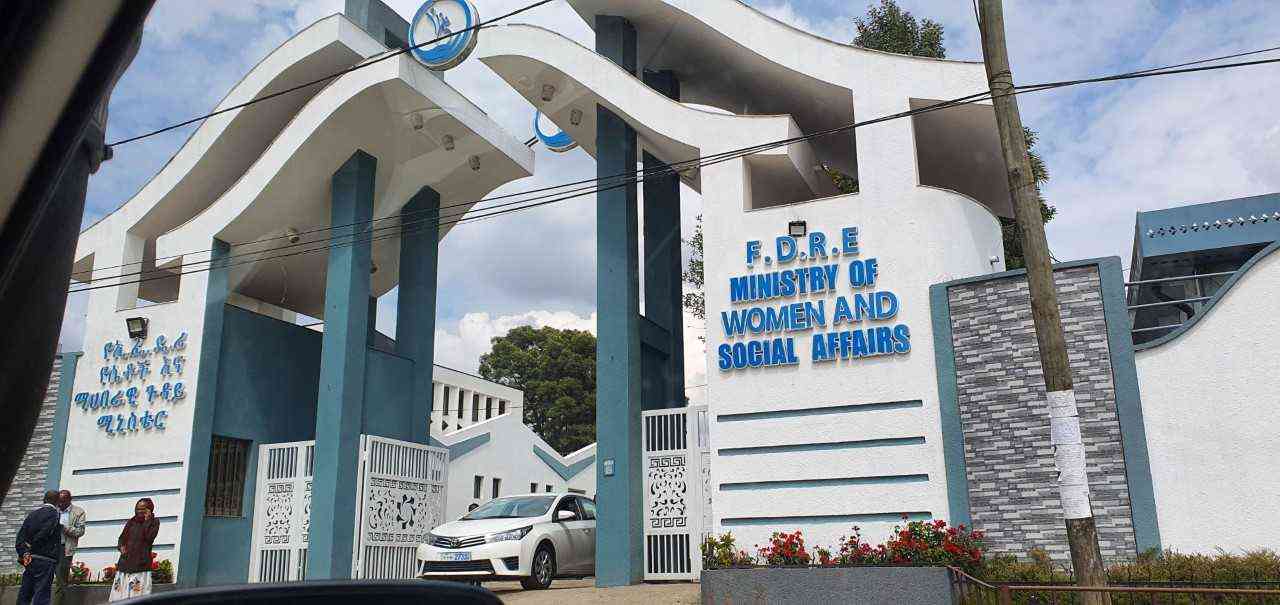
A fact-finding mission of the Human Rights Council recommended that a comprehensive approach to transitional justice that will comprise inclusive dialogue and sincere consultations must be followed. It also recommended that a separate international judicial mechanism be considered to complement and work in partnership with the International Criminal Court, a truth commission, and a victim support and reparations office.
The crisis affects women, men, girls, and boys differently due to their societal roles and status, and these disparities are often worsened in conflict situations due to limited resources and services. Women’s access to essentials like food, water, and health care is particularly constrained by insecurity and depleted resources.
Gender inequality in Sudan is shaped by entrenched patriarchal cultural norms that promote male dominance and female subordination in both private and public spheres deeply affecting the lives of women. Since independence, women and girls have strived to overcome disempowerment and rights infringements through literacy classes, accessing education, and pursuing economic opportunities. This systemic inequality has severely affected women during times of crisis as they are denied fundamental rights, freedoms, and participation in decision-making processes, including those that directly concern them.
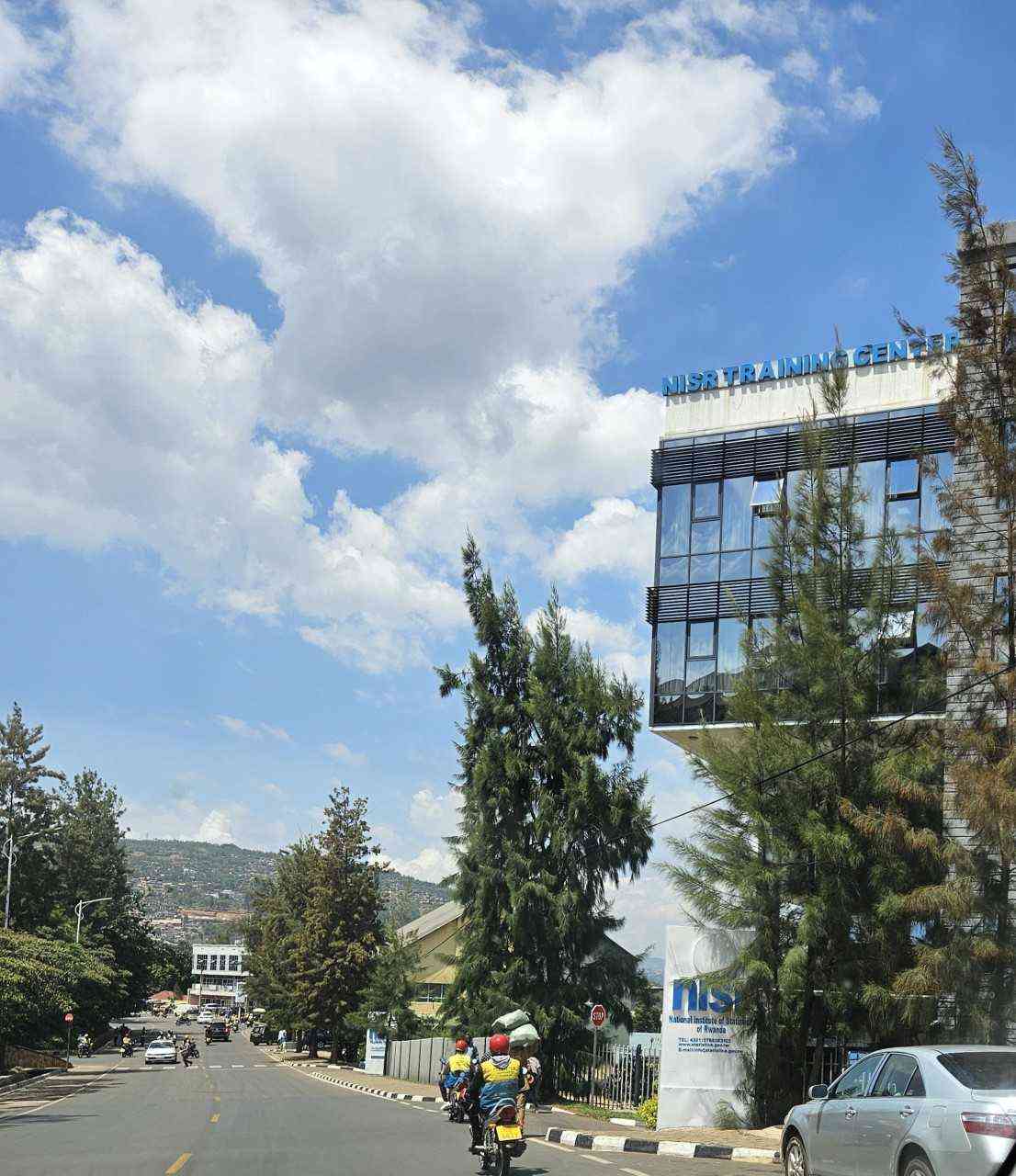
In Rwanda and Tanzania, GBV data has informed the establishment of one-stop centres where survivors can not only seek shelter but also easily access medical, legal, and psychological services. Aptly named Isange (meaning “feel at home”), One-Stop Centre in Rwanda, the centres are operational in all 44 districts. In many instances, the Isange One-Stop Centres are embedded in public hospitals.
“Some Isanges also serve as safe houses for survivors whose lives are in danger,” said Rebecca Asiimwe, Director of Gender Mainstreaming at the Gender Monitoring Office (GMO) in Rwanda.
“In cases of intimate partner violence or other forms of domestic violence, it is often unsafe for the survivor to go back home after seeking help at the Isange. Some centres provide space for survivors to spend a few days as the Rwanda Investigations Bureau progresses with the case,” added Asiimwe.
GBV gaps in criminal law across the region persist and law enforcement and access to justice remain a challenge. Femicide is also a growing issue in some countries, such as Kenya, where official data shows that 45 per cent of girls and women aged 15 - 49 years have experienced physical violence. In the past 90 days alone, it is estimated that more than 97 women in Kenya have been killed, with a large number of the deaths at the hands of intimate partners and family members. Social tolerance for violence against women persists, with 42 per cent of women and 36 per cent of men believing that a man can be justified for beating his wife under certain circumstances.
While daunting, interestingly, these numbers have also become a symbol of hope where decision-makers, including policymakers and lawmakers, use the data to ensure that GBV survivors get the assistance that they so desperately need. By using data to better understand the type and extent of GBV, where it is taking place, and who the perpetrators are, some East and Southern African countries have designed and improved the services available to survivors, helping them to access timely and effective help.
Tanzania has established police gender and children’s desks as well as one-stop centres, most notably in Zanzibar, where every district has a gender desk and a one-stop centre comprising counselling, health services, and legal aid. Gender data released every month and published in the mainstream media is helping to inform the allocation of resources, most notably security manpower, to hotspots based on emerging patterns shown in the data.
Where data from monthly GBV data releases from the Office of the Chief Government Statistician (OCGS) shows an uptick in incidences, security, and other services provide additional support in those communities with surge services for the identified hotspots.
Data has also helped to inform a motion in Parliament advocating for more resources for the police to combat GBV. It has also been instrumental in engaging the private sector to contribute resources such as motorcycles for regular patrols and support for the construction of additional police posts to boost security at the grassroots level.
Several counties in Kenya have used gender data to develop comprehensive policies that enhance the prevention of and response to GBV and, more specifically, violence against women, who have been identified as the main victims of GBV by a large proportion.
The Homa Bay County SGBV Policy (2023) uses monthly prevalence cases of SGBV data from the Police Gender Desk, Kenya Demographic Health Services (KDHS) data, and 2020 data from the National Crime Research Centre (NCRC), while the Siaya County GBV Policy, also based on evidence from various gender data sources, preceded the establishment of the Siaya County SGBV Court in June 2023. The Busia County Policy on GBV is hinged on the county’s commitments to the Generation Equality Forum (GEF), which is convened by UN Women.
The article was written by Sylvia Maina, UN Women
 The Standard Group Plc is a multi-media organization with investments in media platforms spanning newspaper print
operations, television, radio broadcasting, digital and online services. The Standard Group is recognized as a
leading multi-media house in Kenya with a key influence in matters of national and international interest.
The Standard Group Plc is a multi-media organization with investments in media platforms spanning newspaper print
operations, television, radio broadcasting, digital and online services. The Standard Group is recognized as a
leading multi-media house in Kenya with a key influence in matters of national and international interest.


